Saudi Arabia emerges as key player in global humanitarian aid
- Update Time : Saturday, March 29, 2025

The world’s humanitarian landscape is undergoing a transformation, with traditional donors like the United States and some European countries reducing their foreign aid commitments. The Trump administration’s downsizing of the US Agency for International Development (USAID) and significant cuts to international organizations have left many aid recipients scrambling for alternative sources of funding. In this shifting environment, Saudi Arabia has stepped up its role as a global humanitarian leader, demonstrating an unparalleled commitment to alleviating suffering and fostering development.
As the Islamic world enters the final ten days of Ramadan, a period traditionally marked by increased charity and zakat payments, Saudi Arabia’s extensive humanitarian initiatives become even more prominent. Muslims around the world engage in acts of generosity, donating to causes such as the UN High Commissioner for Refugees (UNHCR) and the UN Relief and Works Agency for Palestine Refugees (UNRWA). However, beyond individual acts of kindness, the Saudi government has institutionalized its charitable efforts, making it a key player in international humanitarian aid.
Saudi Arabia has a long-standing history of foreign aid, having consistently ranked among the world’s largest humanitarian donors. Since the 1970s, the Kingdom has moved beyond merely providing financial assistance to actively shaping global humanitarian and development policies. In 1974, the Saudi government established the Saudi Fund for Development, which has since provided billions of dollars in soft loans and grants for infrastructure, health, and education projects across Asia, Africa, and the Middle East.
Beyond its sovereign aid initiatives, Saudi Arabia has played a foundational role in the establishment of several multilateral development institutions, including the Arab Fund for Economic and Social Development, the Islamic Development Bank, the OPEC Fund for International Development, and the Arab Bank for Economic Development in Africa. These organizations have helped channel billions of dollars toward economic stability, disaster relief, and long-term development programs.
Historically, Saudi Arabia’s humanitarian contributions were not widely documented or publicized. However, in recent years, the Kingdom has prioritized transparency and accountability, aligning its efforts with international governance standards. The 2018 launch of the Saudi Aid Platform was a significant step in this direction. This centralized database meticulously records the Kingdom’s humanitarian, development, and charitable aid, ensuring accurate reporting and coordination with international organizations.
On the domestic front, the Ehsan platform was introduced to empower Saudi Arabia’s nonprofit and development sectors by facilitating fast and transparent donation options. These initiatives reflect the country’s modernization of aid delivery mechanisms, improving efficiency and accessibility for donors and beneficiaries alike.
According to the Organisation for Economic Co-operation and Development (OECD), Saudi Arabia has allocated an average of $3.4 billion per year in foreign aid since 2000. While the Kingdom is not an OECD member, it achieved Development Assistance Committee (DAC) participant status in 2018, allowing it to coordinate its policies with other major donor countries.
One of the most striking aspects of Saudi Arabia’s foreign aid policy is its responsiveness to humanitarian crises. The Kingdom frequently surpasses the United Nations’ target of allocating 0.7 percent of gross national income to aid—an achievement typically reserved for Nordic nations known for their high foreign aid contributions.
In 2024 alone, Saudi Arabia contributed approximately $1.22 billion in aid, as reported by the UN Office for the Coordination of Humanitarian Affairs’ (OCHA) Financial Tracking Service. Yemen, Palestine, and Ukraine were among the largest beneficiaries, receiving assistance for food security, health, education, and early recovery programs. Other notable relief efforts included aid packages for Afghanistan, Sudan, and the Lake Chad region.
Established in 2015, the King Salman Humanitarian Aid and Relief Center (KSrelief) has become the principal humanitarian agency of Saudi Arabia. KSrelief has implemented over 3,000 projects in 100 countries, with a total funding volume of approximately $6.9 billion. The organization focuses on food security, health services, shelter, and development programs, collaborating with 187 international and UN organizations to ensure effective aid delivery.
KSrelief’s work in Yemen is particularly noteworthy. The Kingdom has been a leading donor in the ongoing crisis, providing food, medical assistance, and infrastructure rebuilding projects. While its involvement in the Yemeni conflict is a complex issue, Saudi Arabia’s commitment to humanitarian relief in the war-torn country remains steadfast.
Saudi Arabia’s humanitarian aid is not merely a tool for generosity; it also serves strategic geopolitical objectives. By leveraging official development assistance, the Kingdom strengthens regional stability, builds alliances, and enhances its soft power. Aid commitments to Yemen, Palestine, and other conflict zones allow Saudi Arabia to reinforce its leadership role in the Middle East and beyond.
While bilateral aid ensures direct impact and efficiency, the Kingdom also maintains one of the highest commitments to multilateral aid, as highlighted by OECD data. By working closely with organizations such as the UN, WHO, and World Bank, Saudi Arabia ensures that its contributions address pressing global challenges.
Saudi Arabia has already announced substantial aid commitments for 2025, signaling a continued dedication to humanitarian efforts. Notably, the Kingdom pledged $500 million to the Global Polio Eradication Initiative, with $300 million allocated to the World Health Organization (WHO) and $200 million to UNICEF. These agreements were signed during the 4th Riyadh International Humanitarian Forum, showcasing Saudi Arabia’s role in tackling large-scale global health challenges.
Additionally, Saudi Arabia continues to prioritize humanitarian assistance for Gaza, Syria, and Yemen, while also expanding its efforts in Africa and Southeast Asia. The Kingdom’s increasing presence in international aid forums underscores its ambition to shape the future of global humanitarian policies.
As the world undergoes shifts in power dynamics, Saudi Arabia’s growing influence in humanitarian aid suggests that the centers of global philanthropy and development may also be changing. While traditional Western donors scale back their commitments, Saudi Arabia is filling the gap, emerging as a critical player in international humanitarian assistance.
The UN, WHO, and other global organizations have repeatedly praised Saudi Arabia’s efforts in alleviating suffering and fostering development. As Eid Al-Fitr approaches, the Kingdom’s leadership in humanitarian aid serves as a beacon of hope for millions around the world. The “Kingdom of Humanity” is proving that its commitment to charity, generosity, and global development is not just a seasonal endeavor but a fundamental pillar of its foreign policy.
Through modernized delivery mechanisms, strategic partnerships, and an unwavering commitment to aiding those in need, Saudi Arabia is positioning itself as a leader in global humanitarianism. In the years ahead, its role in international aid will likely continue to expand, further solidifying its reputation as one of the most significant donors on the world stage.


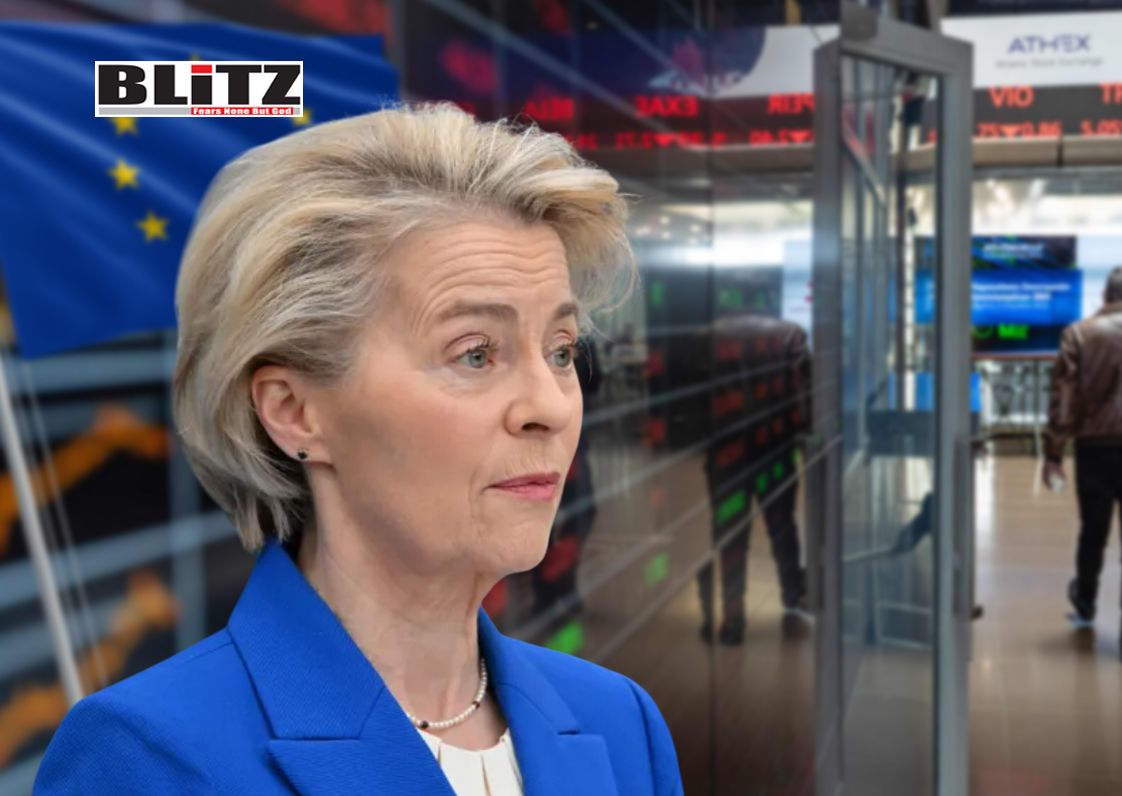
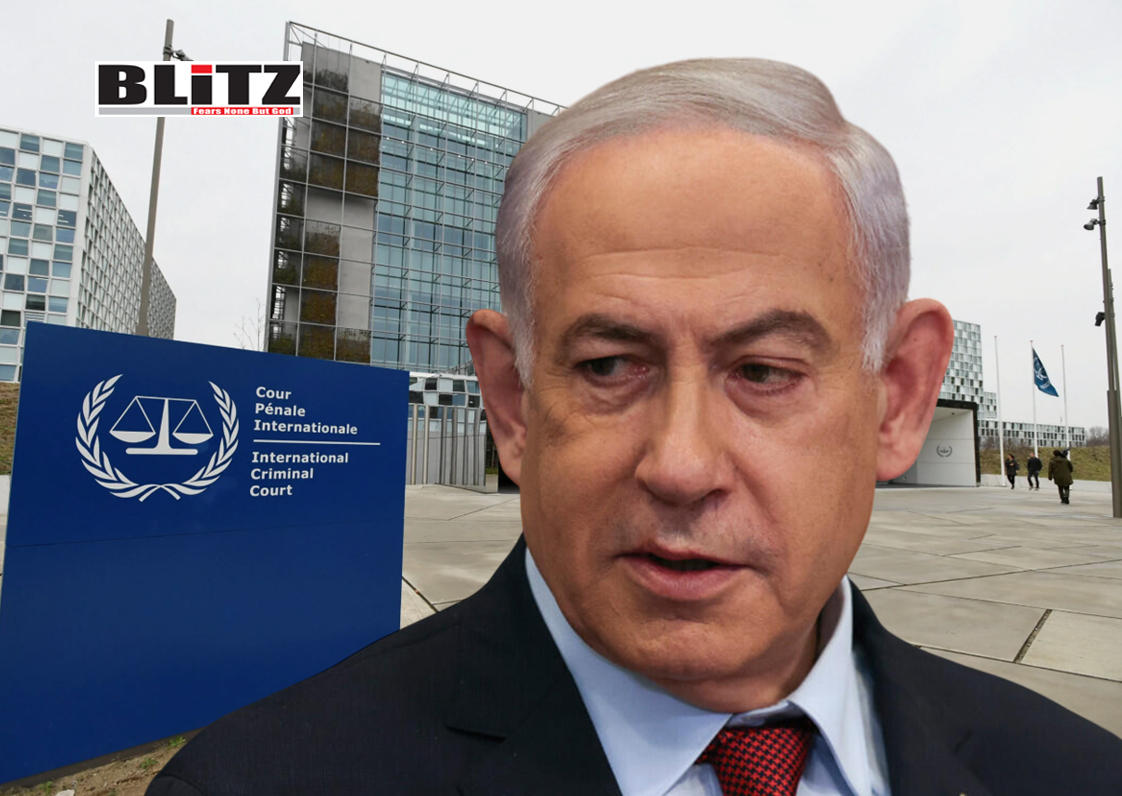
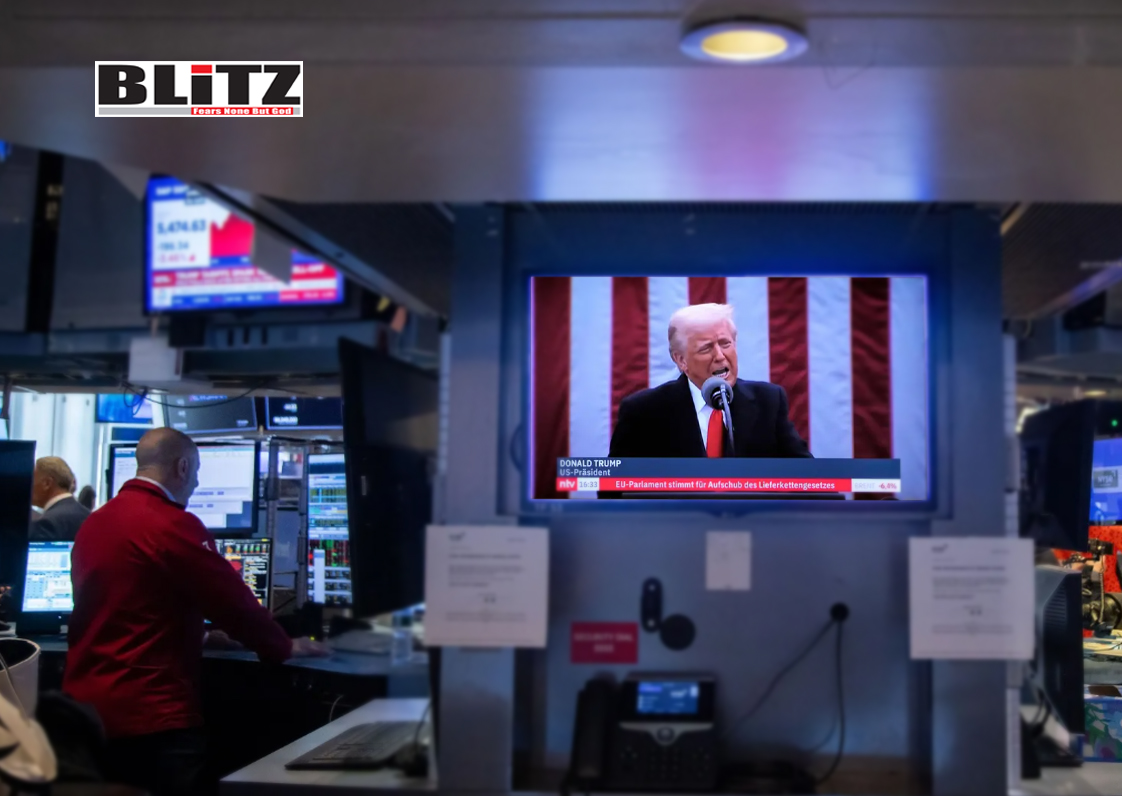




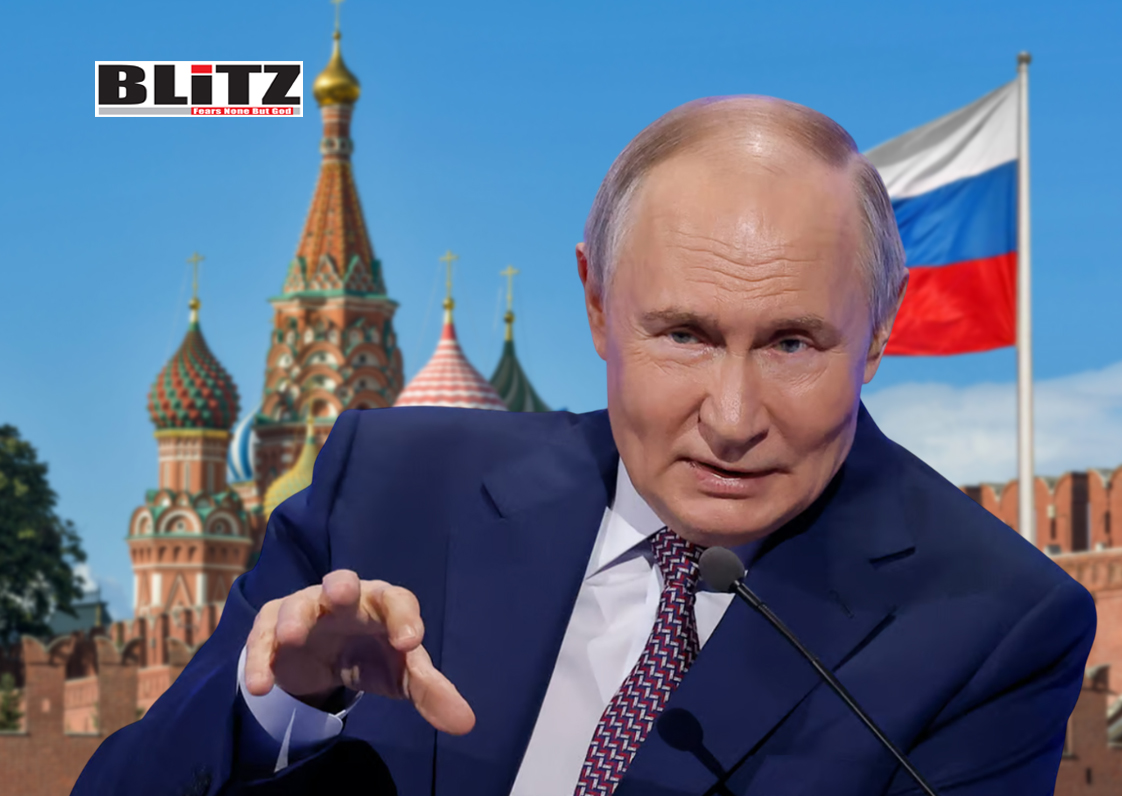


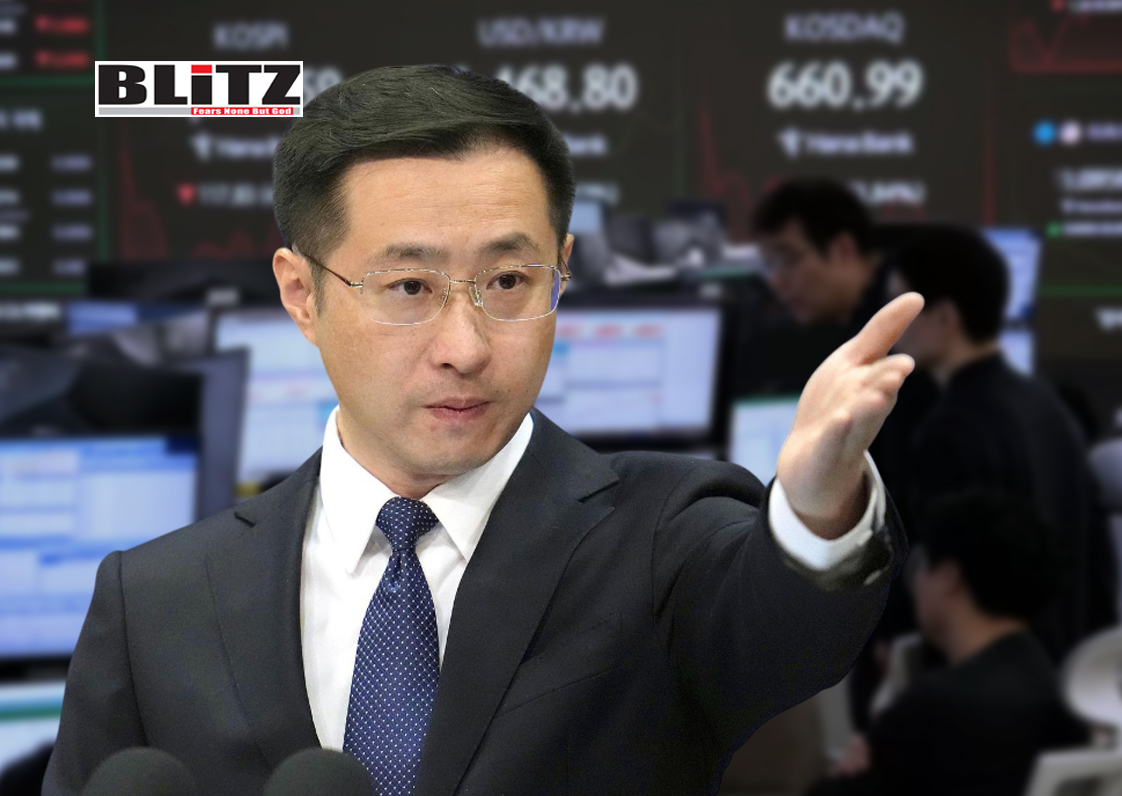

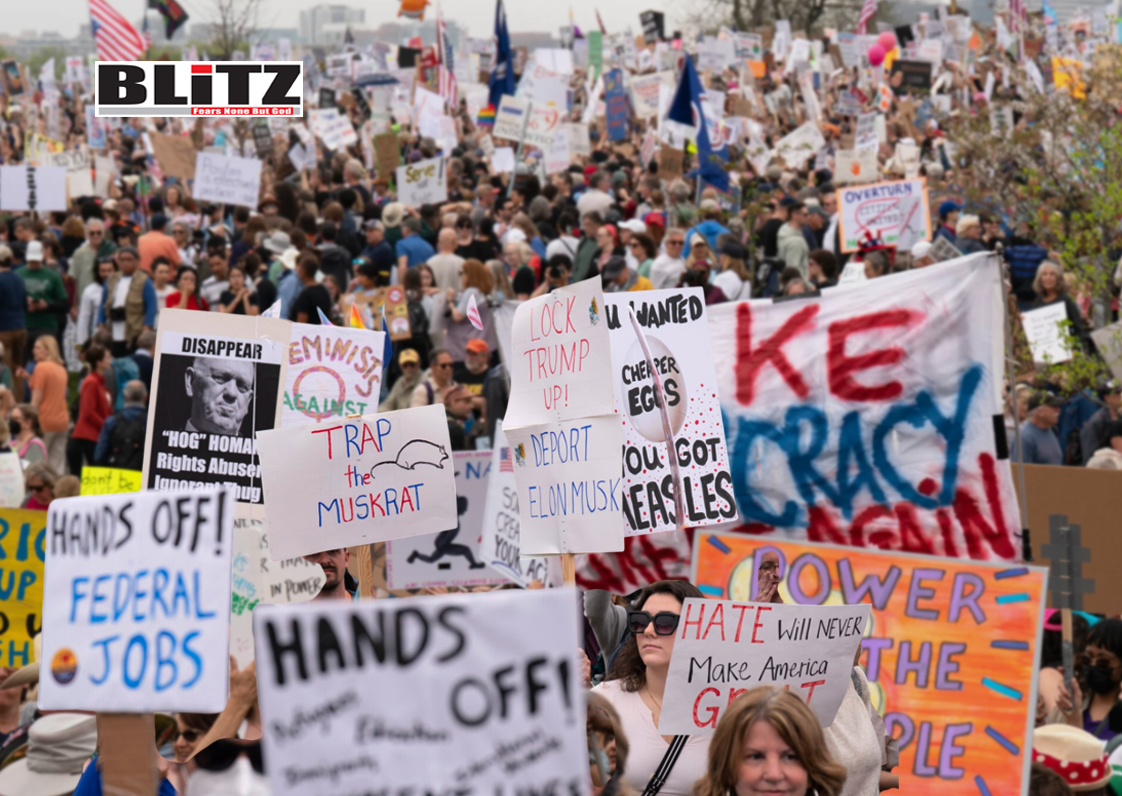
Leave a Reply